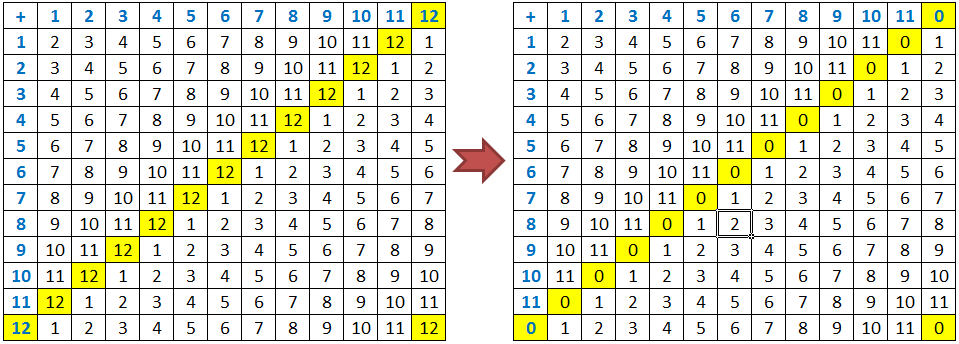How to Change Number Bases Part 2
In the previous post, we have learned how to change numbers form one base to other. In this post, we are going to discuss more examples of number bases particularly the two number systems used in computers: the binary and the hexadecimal system.
The Binary Number System
The binary number system has base 2 and only uses 1 and 0 as digits. The binary number 1101 in expanded form is
or » Read more
